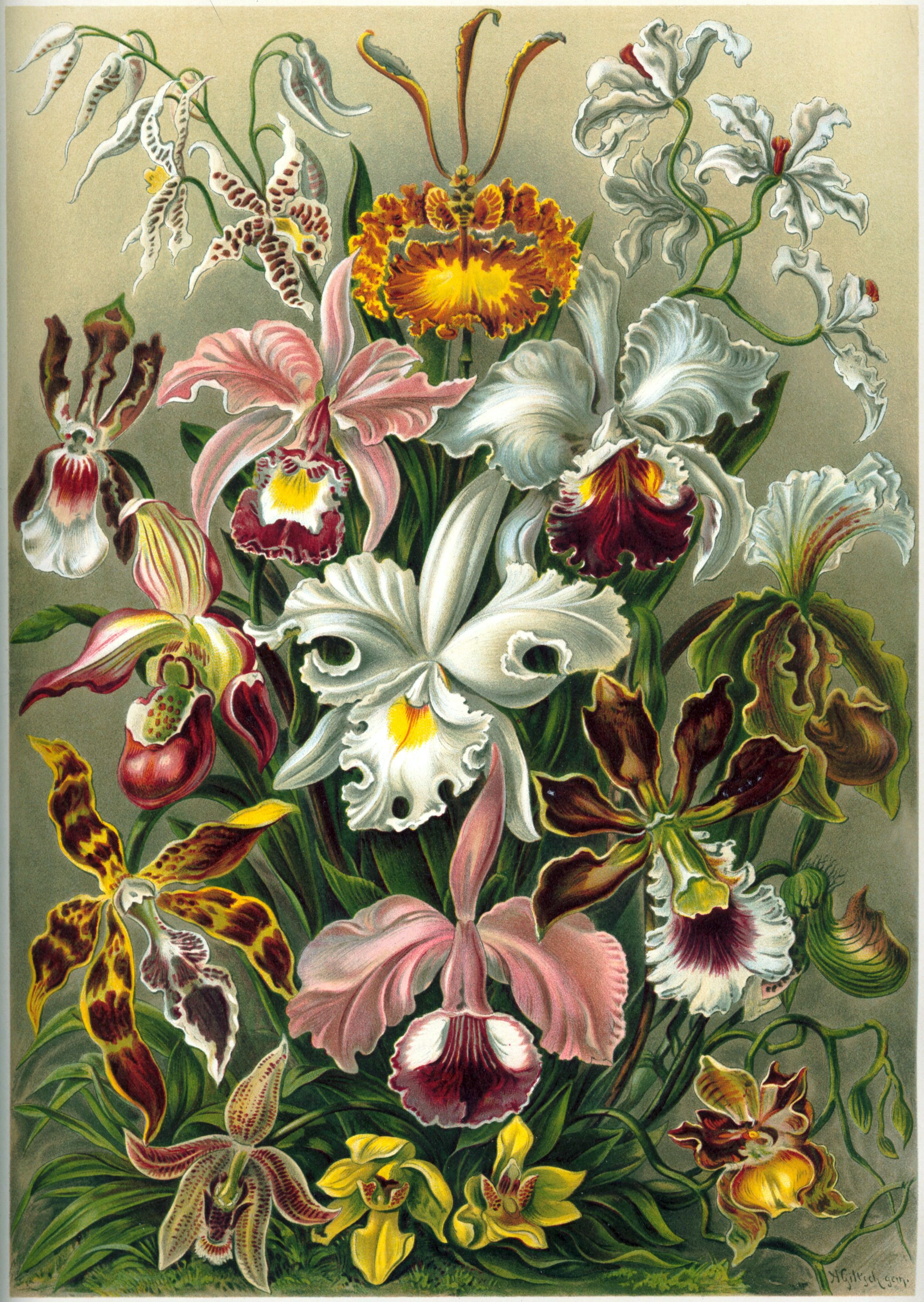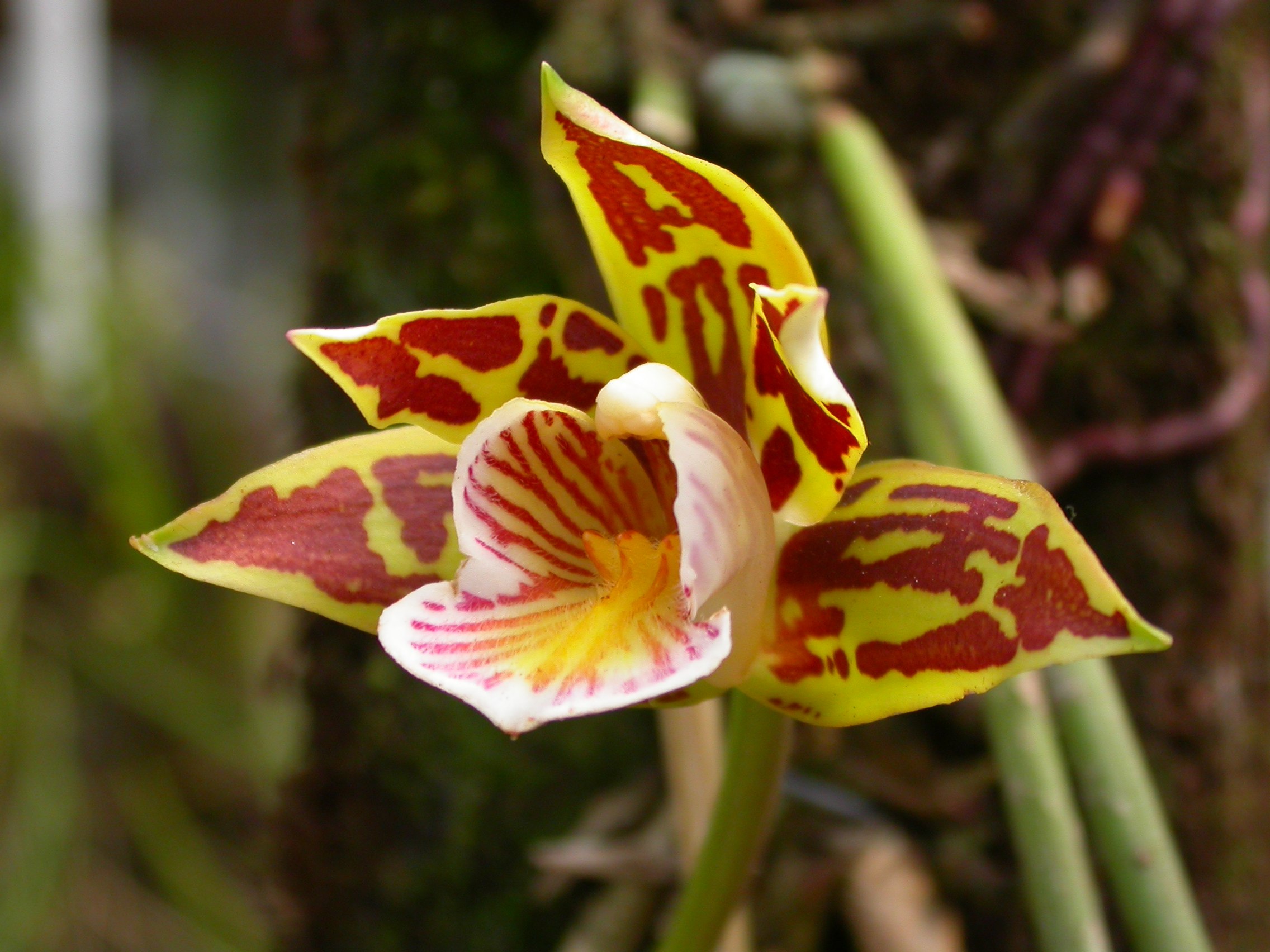|
Maxillarieae Genera
Maxillariinae is an orchid subtribe in the tribe Cymbidieae. It was formerly treated as the tribe Maxillarieae, and divided into a number of subtribes. Genera Generic boundaries in the tribe have changed substantially with new molecular evidence. Whitten ''et al.'' in 2007 included the following genera, some previously placed in the tribe Lycastinae, others in the subtribe Bifrenariinae. Some of these genera have subsequently been merged. *''Anguloa'' Ruiz & Pav. *''Anthosiphon'' Schltr. – since included in ''Maxillaria'' *''Bifrenaria'' Lindl. (including ''Adipe'' Raf., ''Cydoniorchis'' Senghas, and ''Stenocoryne'' Lindl.) *''Brasiliorchis'' R.Singer, S.Koehler & Carnevali *''Chrysocycnis'' Linden & Rchb.f. – since included in ''Maxillaria'' *'' Cryptocentrum'' Benth. *'' Cyrtidiorchis'' Rauschert *'' Guanchezia'' G.A.Romero & Carnevali *''Horvatia'' Garay *''Hylaeorchis'' Carnevali & G.A. Romero *'' Ida'' A.Ryan & Oakeley – since included in ''Sudamerlycaste'' *''Lycaste' ... [...More Info...] [...Related Items...] OR: [Wikipedia] [Google] [Baidu] |
Maxillaria Sanderiana
''Maxillaria'', abbreviated as Max in the Horticulture, horticultural trade, is a large genus of orchids (family Orchidaceae). This is a diverse genus, with very different morphology (biology), morphological forms. Their characteristics can vary widely. They are commonly called spider orchids, flame orchids or tiger orchids. Their scientific name is derived from the latin language, Latin word ''maxilla'', meaning Maxilla, jawbone, reflecting on the column (botany), column and the base of the lip of some species, that may evoke a protruding jaw. Description Their pseudobulbs are round or oblong and each carry one or two Glossary of leaf morphology, lanceolate Leaf, leaves. Some grow close together in a clustered manner on a short rhizome, while in other species the pseudobulbs keep some distance on an elongate rhizome. This rhizome is clothed in a somewhat transparent, silvery-gray velamen. The flowers grow solitary on short stalks, called Scape (botany), scapes, from the base ... [...More Info...] [...Related Items...] OR: [Wikipedia] [Google] [Baidu] |
Sudamerlycaste
''Ida'', Synonym (taxonomy), synonym ''Sudamerlycaste'', is a genus of flowering plants in the family Orchidaceae. It consists of approximately 45 species and hybrids. The genus was split off from ''Lycaste'' in the early 2000s. Taxonomy From 2001 onwards, species in ''Lycaste'' that were endemic to South America and the Caribbean Islands were placed into a new genus. Those found in Mexico and Central America stayed in ''Lycaste''. As a result of this change, most of the species previously found in the ''Lycaste'' section ''Fimbriatae'' were moved to a new genus. The name to be used for this genus has been subject to some confusion. In 2001, Brieger published the name ''Ida'', attributing it to Angela Ryan and Henry Oakeley. However, no Latin description was given, rendering the name Nomen illegitimum, illegitimate. Ryan and Oakeley validated the name in a publication dated to 2003. Separately, Fredy Archila Morales published ''Sudamerlycaste'', but without a Latin description, so ... [...More Info...] [...Related Items...] OR: [Wikipedia] [Google] [Baidu] |
Maxillariinae
Maxillariinae is an orchid subtribe in the tribe Cymbidieae. It was formerly treated as the tribe Maxillarieae, and divided into a number of subtribes. Genera Generic boundaries in the tribe have changed substantially with new molecular evidence. Whitten ''et al.'' in 2007 included the following genera, some previously placed in the tribe Lycastinae, others in the subtribe Bifrenariinae. Some of these genera have subsequently been merged. *'' Anguloa'' Ruiz & Pav. *''Anthosiphon'' Schltr. – since included in ''Maxillaria'' *'' Bifrenaria'' Lindl. (including ''Adipe'' Raf., ''Cydoniorchis'' Senghas, and ''Stenocoryne'' Lindl.) *'' Brasiliorchis'' R.Singer, S.Koehler & Carnevali *''Chrysocycnis'' Linden & Rchb.f. – since included in ''Maxillaria'' *'' Cryptocentrum'' Benth. *'' Cyrtidiorchis'' Rauschert *'' Guanchezia'' G.A.Romero & Carnevali *'' Horvatia'' Garay *'' Hylaeorchis'' Carnevali & G.A. Romero *'' Ida'' A.Ryan & Oakeley – since included in '' Sudamerlycaste'' *'' ... [...More Info...] [...Related Items...] OR: [Wikipedia] [Google] [Baidu] |
Taxonomy Of The Orchidaceae
The taxonomy of the Orchidaceae ( orchid family) has evolved slowly during the last 250 years, starting with Carl Linnaeus who in 1753 recognized eight genera.Carolus Linnaeus (Carl von Linné). 1753. ''Species Plantarum'', 1st edition, vol. 2, pages 939-954. Holmiae: Impensis Laurentii Salvii (Lars Salvius). (A facsimile with an introduction by William T. Stearn was published by the Ray Society in 1957). (See ''External links'' below). De Jussieu recognized the Orchidaceae as a separate family in his Genera Plantarum in 1789.Antoine Laurent de Jussieu. 1789. "ORCHIDEAE" pages 64-66. In: ''Genera plantarum: secundum ordines naturales disposita'' (See ''External links'' below). Olof Swartz recognized 25 genera in 1800.Olof Swartz. 1800. "Afhandling om Orchidernes Slägter och deras Systematiska indelning". ''Kongliga vetenskaps academiens nya handlingar'' 21:115-139. (See ''External links'' below). Louis Claude Richard provided us in 1817 with the descriptive terminology of the o ... [...More Info...] [...Related Items...] OR: [Wikipedia] [Google] [Baidu] |
Xylobium
''Xylobium'', abbreviated Xyl in horticultural trade, is a genus of plants in family Orchidaceae. It contains about 35 species native to tropical America The United States of America (USA), also known as the United States (U.S.) or America, is a country primarily located in North America. It is a federal republic of 50 U.S. state, states and a federal capital district, Washington, D.C. The 48 .... References Maxillariinae genera Maxillariinae {{Cymbidieae-stub ... [...More Info...] [...Related Items...] OR: [Wikipedia] [Google] [Baidu] |
Trigonidium (plant)
''Trigonidium'', abbreviated as Trgdm in horticultural trade, was a formerly accepted genus of orchids comprising roughly twenty species found from Mexico to Brazil. , it was considered a synonym of ''Maxillaria''. Etymology ''Trigonidium'' derives from the Greek " trigonon", meaning "triangle", in reference to the triangular shape of the flowers. Description The epiphytes and lithophytes formerly placed in the genus have long or short rhizomes. Its pseudobulbs are cylindrical or ovoid with overlapping sheathes at their base and one or two leaves at their apex. The inflorescences of the genus are basal, erect, and single flowered, with the flower usually as long or longer than the leaves. The flowers are tubular at the base with sepals spreading. The sepals are larger than the petals and the petals are larger than the lip. The lip is trilobed and not spurred. The flowers have shiny pads and eyespots that lure male bees to perform pseudocopulation Pseudocopulation is a behavior ... [...More Info...] [...Related Items...] OR: [Wikipedia] [Google] [Baidu] |
Teuscheria
''Teuscheria'' is a genus of orchids native to southern Mexico, Central America and northern South America. The genus is named for Henry Teuscher, an award-winning landscape artist and horticulturalist. Species accepted as of June 2014: *'' Teuscheria archilae'' Guatemala *'' Teuscheria cornucopia'' - Ecuador *'' Teuscheria desireei'' - Guatemala *'' Teuscheria dodsonii'' - Ecuador *'' Teuscheria elegans'' - Colombia *'' Teuscheria guatemalensis'' - Guatemala *'' Teuscheria horichiana'' - Costa Rica *'' Teuscheria integrilabia'' - Ecuador *'' Teuscheria pickiana'' - Mexico (Oaxaca, Chiapas) to Ecuador *'' Teuscheria wageneri'' - Costa Rica to W. Colombia, Venezuela to NE. Ecuador Of these species, three were described from Guatemala in 2013. These are ''T. archilae, T. desireei'' and ''T. guatemalensis''. [...More Info...] [...Related Items...] OR: [Wikipedia] [Google] [Baidu] |
Scuticaria (plant)
''Scuticaria'' is a genus of orchids comprising 9 species native to Belize, Brazil, Ecuador, French Guiana, Guyana, Peru, Suriname and Venezuela. Members of this genus have showy flowers and long cylindrical leaf, leaves. They are epiphytic, occasionally lithophytic or terrestrial, that grow pending and are cespitously, or reptant and ascending, which exist is three isolated areas of South America, in Ecuador, Amazon Forest and Serra do Mar and Serra da Mantiqueira mountains, in Brazil, both in shady and sunny places. The genus ''Scuticaria'' has been traditionally placed close to ''Maxillaria'' but recent research shows they are more closely related to the genus ''Bifrenaria''. Despite their interesting appearance, they are hardly seen in nature and, because their culture is complicated, they are not common in private collections and orchid shows either. No other use for these species is reported besides ornamentation. Because it is a well established genus, formed by a few spec ... [...More Info...] [...Related Items...] OR: [Wikipedia] [Google] [Baidu] |

